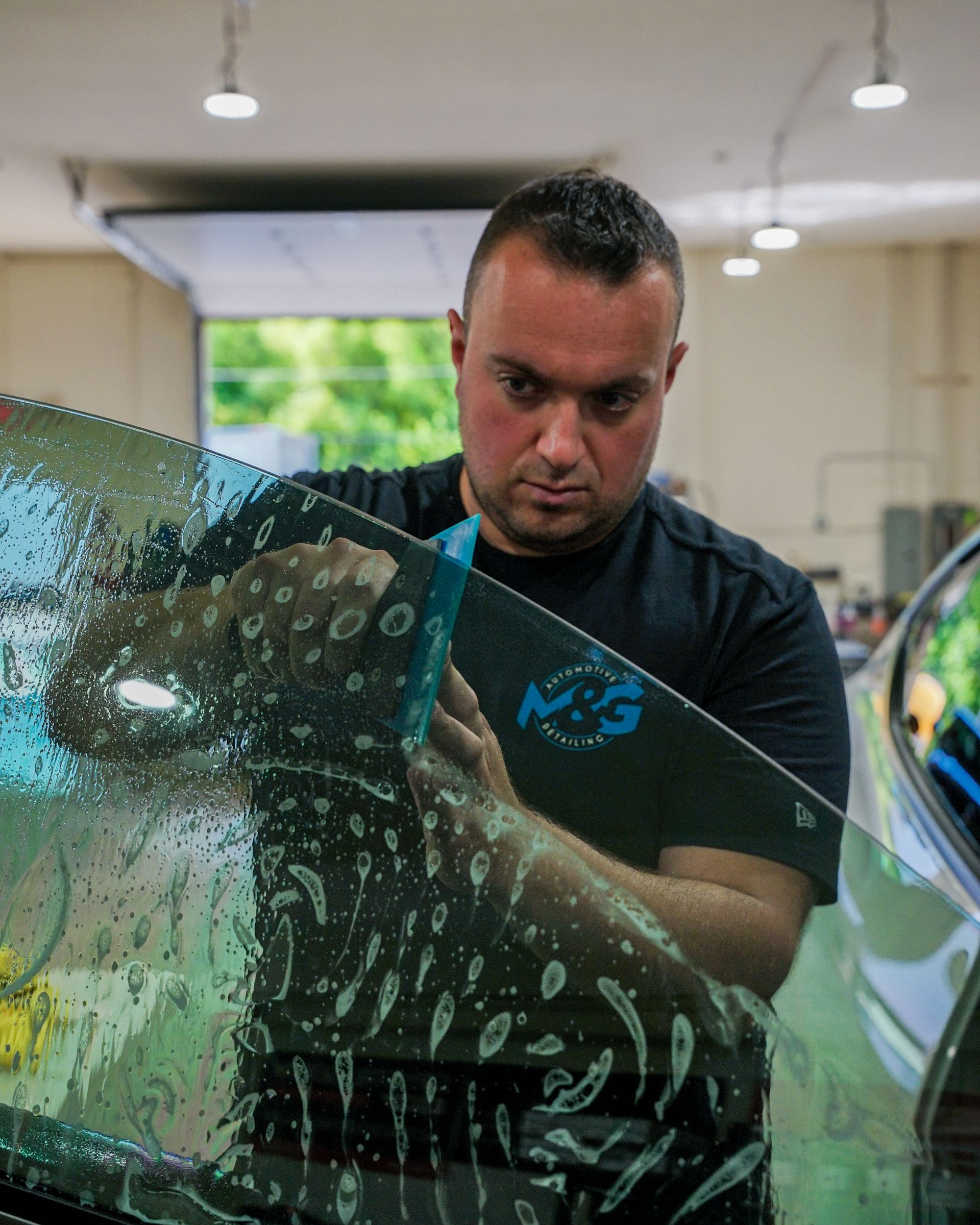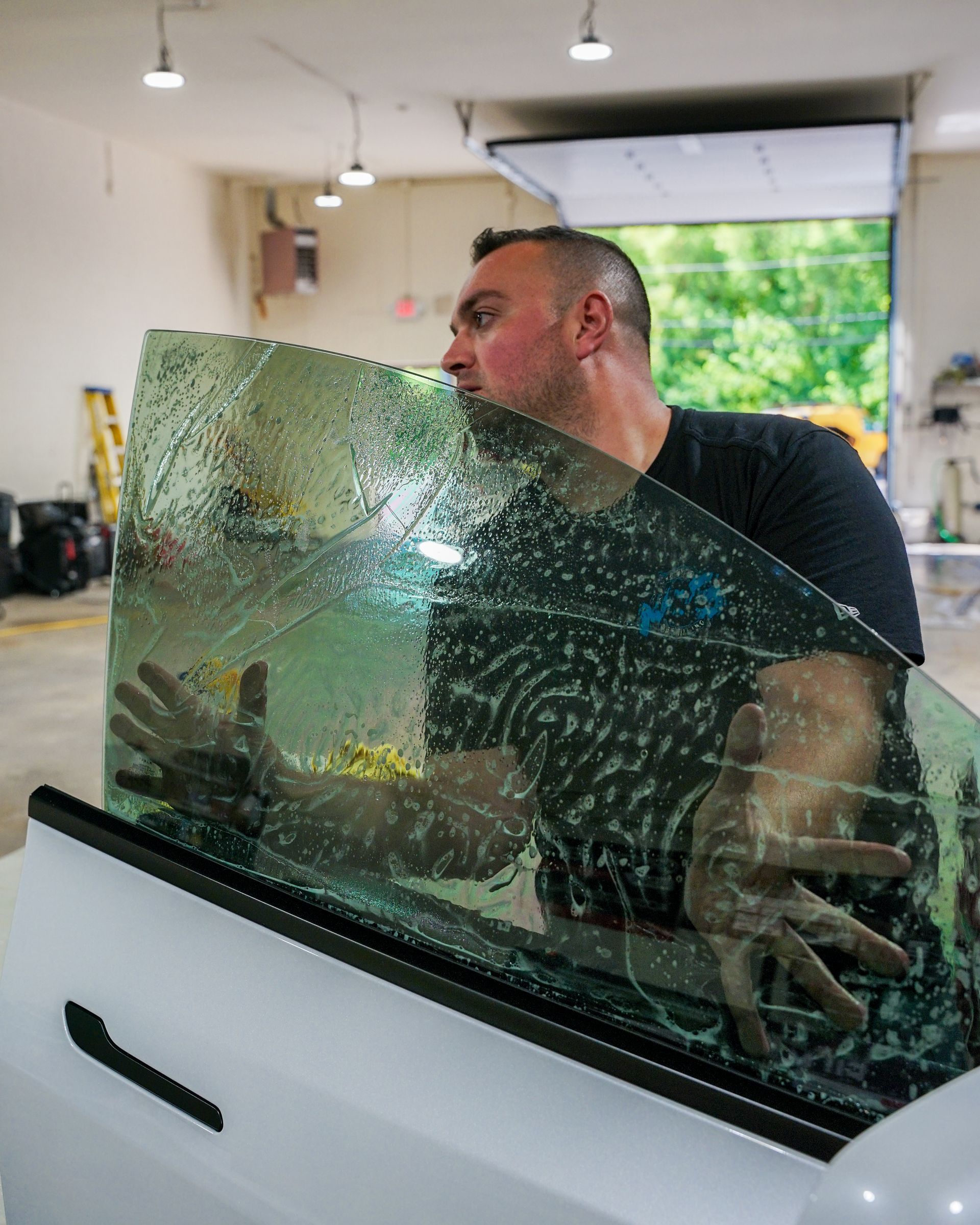Window tinting can be a game changer for your home or vehicle, providing comfort, privacy, and protection from harmful UV rays. But here’s a question many people overlook: does it fade over time? Just like that favorite shirt you love but keep wearing, window tints can lose their vibrancy after prolonged exposure to the sun and other elements. It’s not just about aesthetics; fading can also impact the effectiveness of your tint in blocking heat and UV rays. In this article, we’ll dive into how long you can expect your window tint to last, what factors contribute to fading, and tips for ensuring you get the most out of your investment. Let's uncover the secrets to maintaining that fresh look while maximizing functionality!
Yes, window tinting can fade over time due to exposure to UV rays, heat, and visible light. To minimize fading, it's essential to choose high-quality window films that block a significant percentage of UV rays and heat, follow proper installation techniques, and perform regular maintenance to protect the film's integrity.
Overview of Window Tint Lifespan
Window tint lifespan plays a crucial role in ensuring your investment remains worthwhile over time. The quality of the film is paramount; high-quality tints offer durability and performance that can last up to 10 to 15 years, while lower-grade options may only endure 5 to 7 years. This stark difference is often underestimated; homeowners tend to believe that all window films perform similarly, resulting in dissatisfaction when they experience premature fading.
To put it plainly, premium ceramic or carbon films can block up to 99% of UV rays and provide protection against heat and glare, making them both functional and visually appealing. In contrast, standard dyed films, which are often the more affordable option, might succumb to fading and degradation much sooner due to weaker resistance properties. But it's not just about the material quality; environmental conditions also play an essential role in determining how long your tint will last.
Expectancy Based on Material
As we've seen, high-performance ceramic or carbon tints can maintain their integrity for over a decade. Notably, these materials resist discoloration better than traditional dyed films, which are subject to significant fading and loss of effectiveness over time. As a result, opting for higher-quality products can yield longer-term savings by reducing the frequency of replacements.
It's important to note that maintenance is another critical factor influencing lifespan. Regular cleaning—preferably with non-abrasive solutions—and avoiding harsh chemicals will extend the life of the film significantly. After all, even the best products need proper care to showcase their durability. Now, let’s explore how climate and surroundings can dramatically impact the duration of your window tint.
Climate Impact
The environment where your windows reside has immense implications on tint longevity. In areas with intense sunlight and extreme temperatures, like the sun-soaked expanses of Southern California, window tints may face accelerated wear due to consistent UV exposure. Conversely, milder areas with less direct sunlight allow window tints to maintain their appearance longer, preserving their efficiency and aesthetic.
For example, a vehicle parked under the relentless Californian sun year after year could show visual signs of fading far quicker than one located in temperate climates such as those found in the Pacific Northwest. This geographic variability highlights the necessity for homeowners to choose a product that aligns not only with personal preferences but also with their local climate conditions. Doing so ensures that you maximize the utility and value of your window investment while delaying any damaging effects caused by environmental factors.
By recognizing both material factors and geographic influences on window tinting lifespan, you gain critical insights into safeguarding this enhancement. Transitioning to understanding what commonly contributes to tint degradation helps further inform your choices moving forward.
Common Reasons for Tint Fading
Just like anything else, window tints aren't immune to wear and tear. One of the most significant culprits behind tint fading is UV exposure. Prolonged exposure to ultraviolet rays can break down the dye molecules in the film, causing it to lose its luster. In fact, studies indicate that around 90% of tint fading is due to this relentless UV bombardment. This means that every time sunlight streams through your windows, it is chipping away at the tint's effectiveness and appearance. It's a real eye-opener to think that those blissful sunrays we enjoy indoors could be quietly ruining our tints. But UV isn't the only demon at play; the quality of the tint itself also plays a crucial role in its longevity.
Poor-quality tints are often made with cheaper dyes that degrade faster compared to their more expensive, high-quality counterparts. You might think you’re saving money by choosing a budget option, but in reality, you could be spending more in the long run as you replace faded tints sooner. The difference is akin to buying a low-cost pair of shoes that wear out quickly versus investing in a durable pair that will last for years. Remember, just because something costs less doesn't mean it's a better value. Investing in good window film can provide a layer of protection against fading while effectively blocking UV rays and heat.
Furthermore, we're not just fighting the outside elements when it comes to window tinting; how well the film is applied matters just as much. Improper installation can significantly hasten degradation. If the film is not applied correctly—think bubbles or peeling—these imperfections allow elements like moisture and air to seep underneath, making these spots more susceptible to accelerated fading. Not only does improper installation reduce efficiency, but it can also compromise your investment. Therefore, seeking out professional installers with a reputation for excellence should be on your checklist when considering window tinting.
By considering these factors—UV exposure, quality of tint films, and installation techniques—you can take proactive steps towards enhancing the lifespan of your window tints. This awareness will empower you as you move forward in your quest for optimal window treatments. With this essential understanding in mind, we can now explore strategies for selecting tints that are built to last.
Tips for Choosing Long-Lasting Tints
The right tint can make all the difference when it comes to durability and effectiveness, so it’s crucial to understand what to look for. Start your selection process by doing some thorough research and reading reviews from trustworthy sources. Leading brands consistently score high marks for durability and reliability. These companies are known for their quality films that have stood the test of time, earning them a reputation among consumers who value longevity. When you choose a renowned brand, you not only invest in better performance but also often gain access to customer service should any issues arise. Once you've narrowed down your options based on brand reputation, the next factor to consider is the material used in the window films.
Material Choices
The material choice can significantly impact how your tint performs over time. You might want to consider opting for ceramic or carbon tints. Unlike dyed films, which may fade and degrade over time, ceramic and carbon tints are renowned for their longevity. Ceramic tints, for instance, provide excellent heat rejection without interfering with cellular signals, making them ideal if you rely on devices inside your vehicle or home. They may come with a higher upfront cost, but think of it as investing in peace of mind; they tend to last longer and perform better in extreme weather conditions. To put this into perspective, comparing features helps underline the benefits of choosing higher-quality materials.
While a ceramic tint may appear expensive initially, its efficiency in blocking UV rays and heat justifies the price tag over time. In contrast, cheaper dyes could leave surfaces unprotected against fading after just a few seasons. So even if your budget is tight initially, remember that cheaper alternatives can lead to more significant expenses later due to replacements and repairs.
To enhance your buying experience further:
- Opt for branded tints that offer warranties; this indicates manufacturer confidence in their product’s lifespan.
- Ensure that the tint shop you choose has a good reputation; skilled installers can make all the difference between a flawless finish and one riddled with bubbles or peeling edges.
- Always verify the UV protection ratings of any film you consider—shoot for at least 99% UV blockage to protect your interiors effectively.
By carefully weighing these factors—from materials to brands—you prepare yourself for making informed decisions in your window tinting journey. This groundwork sets the stage for exploring strategies that ensure long-term satisfaction with your investment.
Effective Maintenance Practices
One of the most crucial components of extending the lifespan of window tinting is regular cleaning. Use a soft microfiber cloth paired with mild cleaners specifically designed for tinted surfaces, as these won't compromise the film’s integrity. Imagine using a rough scrubber on your favorite shirt; it’s downright damaging. Treat your windows with the same respect! Remember to rinse out any remaining residue and avoid harsh chemicals like ammonia-based cleaners, which can be harmful and may cause peeling or fading.
- Regular Cleaning: Picture this: you're driving on a sunny day and suddenly realize that your once crystal-clear windows have become dull and grimy. To prevent this scenario, develop a routine cleaning schedule. Ideally, clean your tinted windows every couple of weeks. Gently wipe them down using circular motions to ensure any dust or dirt doesn’t scratch the surface. Over time, even small particles can create microscopic scratches if you're not careful, diminishing clarity and aesthetics. As you maintain your cleaning routine, consider how sun exposure plays a significant role in tint degradation.
- Protection from Sun: Protecting your vehicle's interior—and by extension, your tints—entails being conscious of where you park. Parking in shaded areas whenever possible helps. If your only option is direct sunlight, investing in sunshades will form an additional layer of defense against UV rays. Visualize this as sunscreen for your car; just as you’d protect yourself from sunburn, protecting your window films also works wonders. According to recent statistics, about 99% of UV rays can be blocked through high-quality tints, yet these ultraviolet rays can still penetrate through weak spots if left unshielded by shade. While you're looking after your tent's exterior appearance, don’t forget about performing ongoing inspections.
- Ongoing Inspections: Make it a habit to keep an eye on the condition of your window tints. Regularly inspect for signs of wear like bubbling or peeling. These problems can escalate quickly—much like that small crack in a sidewalk that widens over time if ignored. If caught early, bubbling can often be remedied by re-adhering the film or addressing minor imperfections without needing a full replacement. Keeping your tints in top shape does more than just make everything look great; it ensures you're maximizing their protective qualities against both heat and harmful UV rays.
With these effective maintenance practices in place, you'll find that caring for your window tints becomes second nature over time as you move forward into assessing their current state.
Identifying Signs of Wear
Even the most durable window films have a lifespan, so understanding how to spot wear and tear is essential. One of the most apparent indicators is color fading, where the film changes from its original hue to a lighter or even purple tint. This often happens when the protective qualities of the film are compromised by prolonged UV exposure. A once-vibrant black tint might take on a dull appearance; this should raise a red flag. Ignoring such changes can lead to diminished protection against harmful rays.
Color shifts like these are not just cosmetic; they indicate that the effectiveness of your window tint in blocking UV rays is weakening, leaving both your car’s interior and your skin vulnerable. This leads us to another common sign: bubbles and peeling around the edges. If you start seeing persistent air pockets trapped under the film, it suggests that the adhesive used for the tint is failing. These bubbles disrupt your view and allow moisture to infiltrate, which could further deteriorate both the film and underlying surfaces.
Reduced Effectiveness
Then there's the issue of reduced effectiveness. If you begin to feel a noticeable increase in heat inside your vehicle during sunny days—despite having window tint—you can bet that its heat-rejection capabilities are on the decline. When your tint loses its ability to keep internal temperatures low, it's a sure sign that replacement should be on your mind. Regularly monitoring how well your tinted windows hold up against heat will help you maintain comfort and preserve interior quality.
Staying vigilant about these deterioration signs not only prolongs the life of your window film but also enhances your overall driving experience. With this knowledge in hand, let’s transition towards some innovative options available in today's market for window treatments.
Exploring Modern Tint Alternatives
The world of window tinting has evolved significantly, making it essential to explore these modern alternatives that enhance aesthetics and improve functionality. Among the latest innovations, nano-ceramic tints stand out as a remarkable solution for car owners seeking enhanced protection and visibility.
- Nano-Ceramic Tints: Nano-ceramic tints are created using tiny particles of ceramic that offer exceptional heat and UV protection without sacrificing visibility. This means you can enjoy a cooler ride while still seeing clearly inside your vehicle. One of the most appealing benefits of nano-ceramics is their resistance to fading, which helps maintain both their protective qualities and visual clarity over time.
- Hybrid Films: Hybrid films marry the best attributes of multiple types of materials to deliver a combination of durability, UV protection, and visual appeal all in one package. For instance, the 3M FX Premium series provides a mix of dyed and metallic tints that offer enhanced longevity and performance when compared to traditional tints.
The lifespan and efficiency of each film type vary considerably. Understanding these differences can help inform your decision about which tint might suit your needs best. By exploring these modern tint alternatives, you're not only investing in the aesthetic appeal of your vehicle but also prioritizing comfort and safety under the sun's harsh glare.
In summary, choosing advanced window tinting solutions can enhance both protection and style while contributing to a more comfortable driving experience. Staying informed about these alternatives is crucial for making the best choice for your vehicle's needs.
Expert Window Tinting in Cherry Hill, NJ
M&G Automotive Detailing in Cherry Hill, NJ, provides professional window tinting services designed to enhance your vehicle’s style, comfort, and privacy. Our high-quality films help reduce glare, block harmful UV rays, and keep your interior cooler, all while adding a sleek, refined look. With expert installation and a range of tint options to choose from, we ensure a flawless finish that lasts. Experience the benefits of premium window tinting—schedule your appointment today!

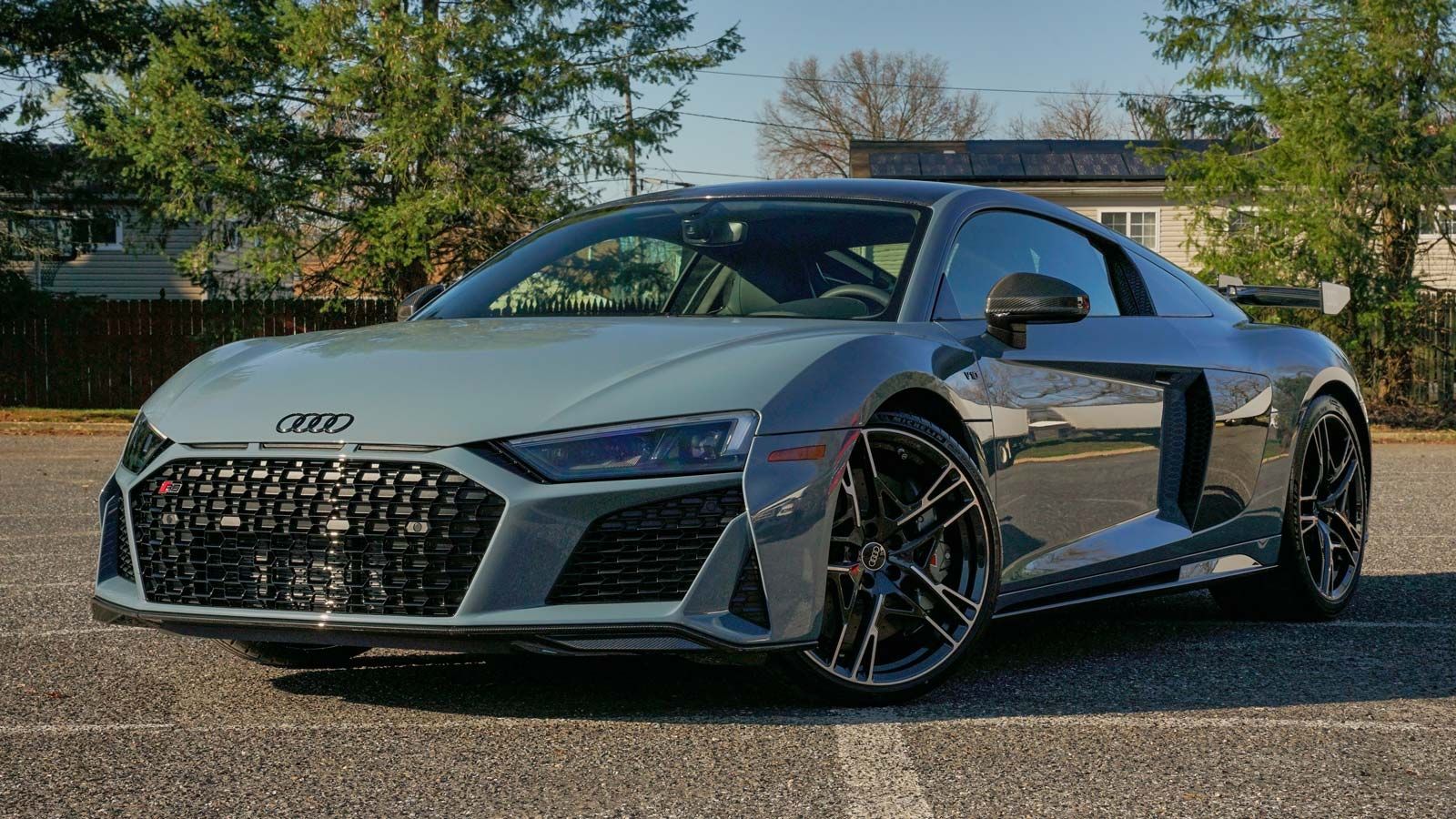
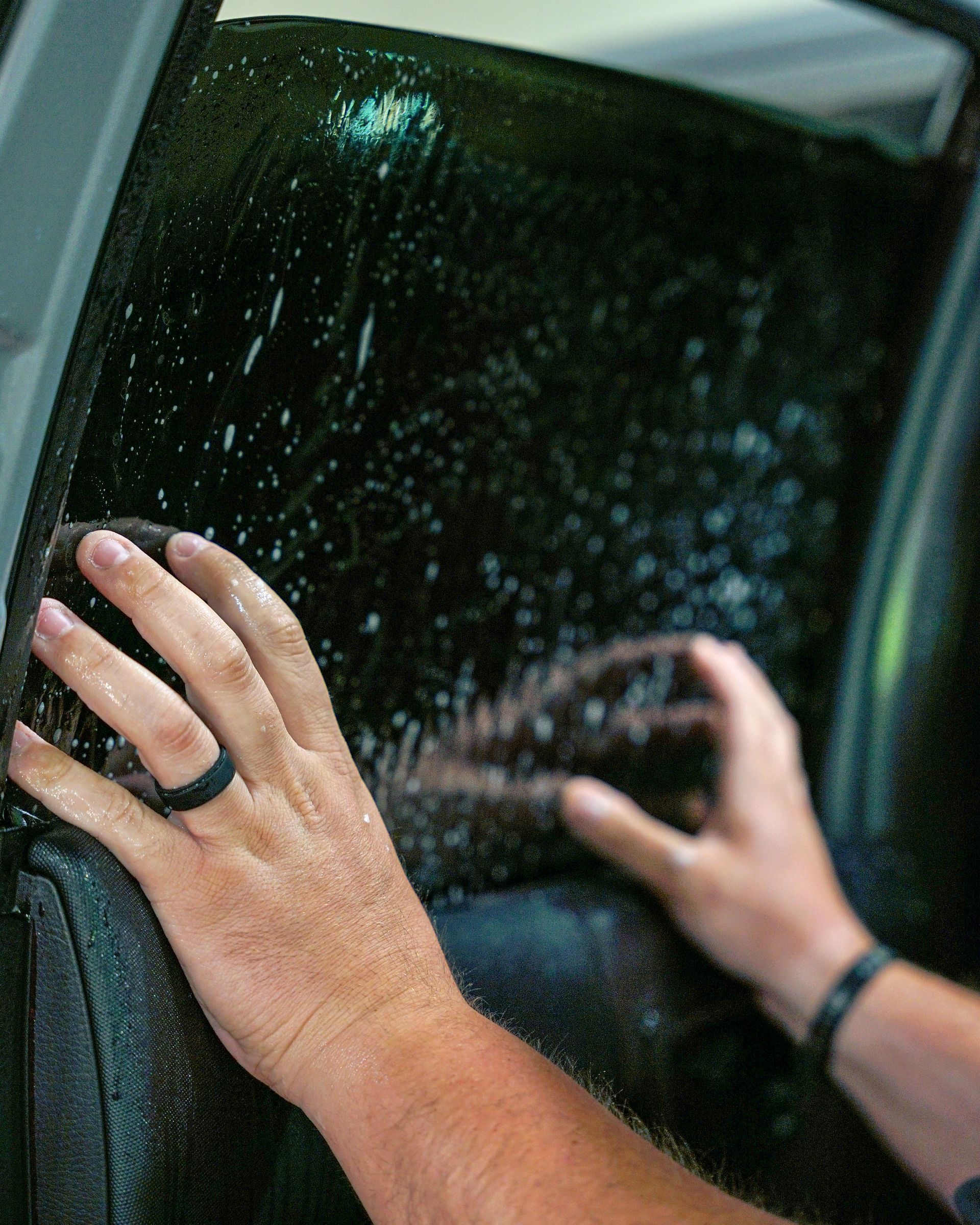
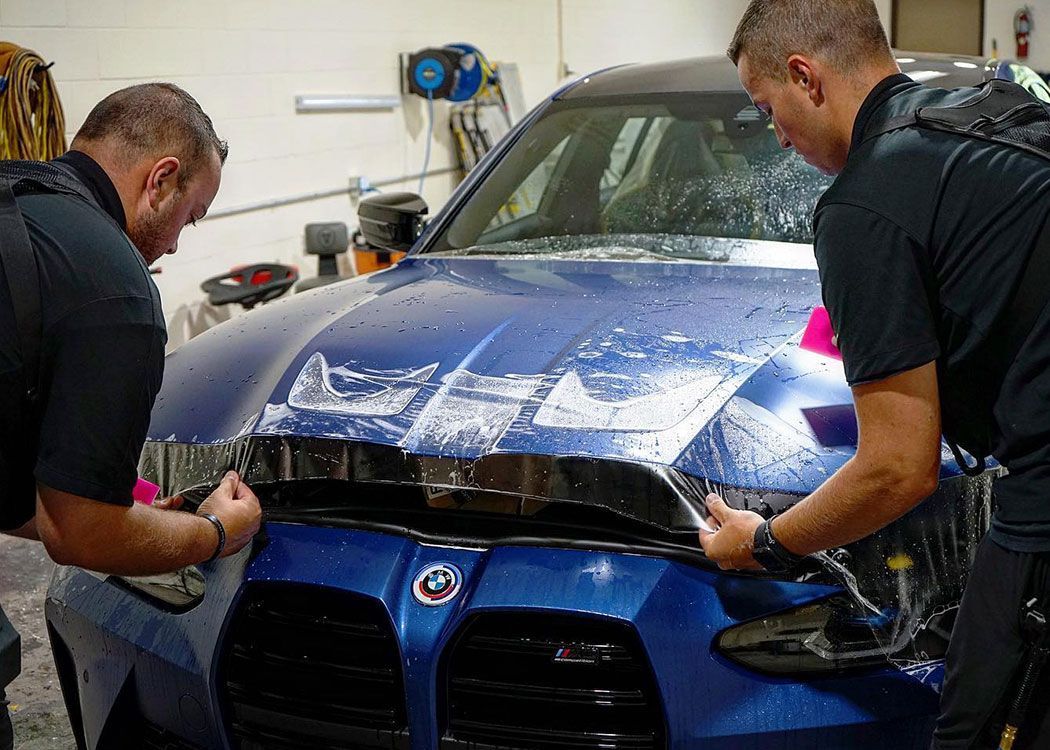
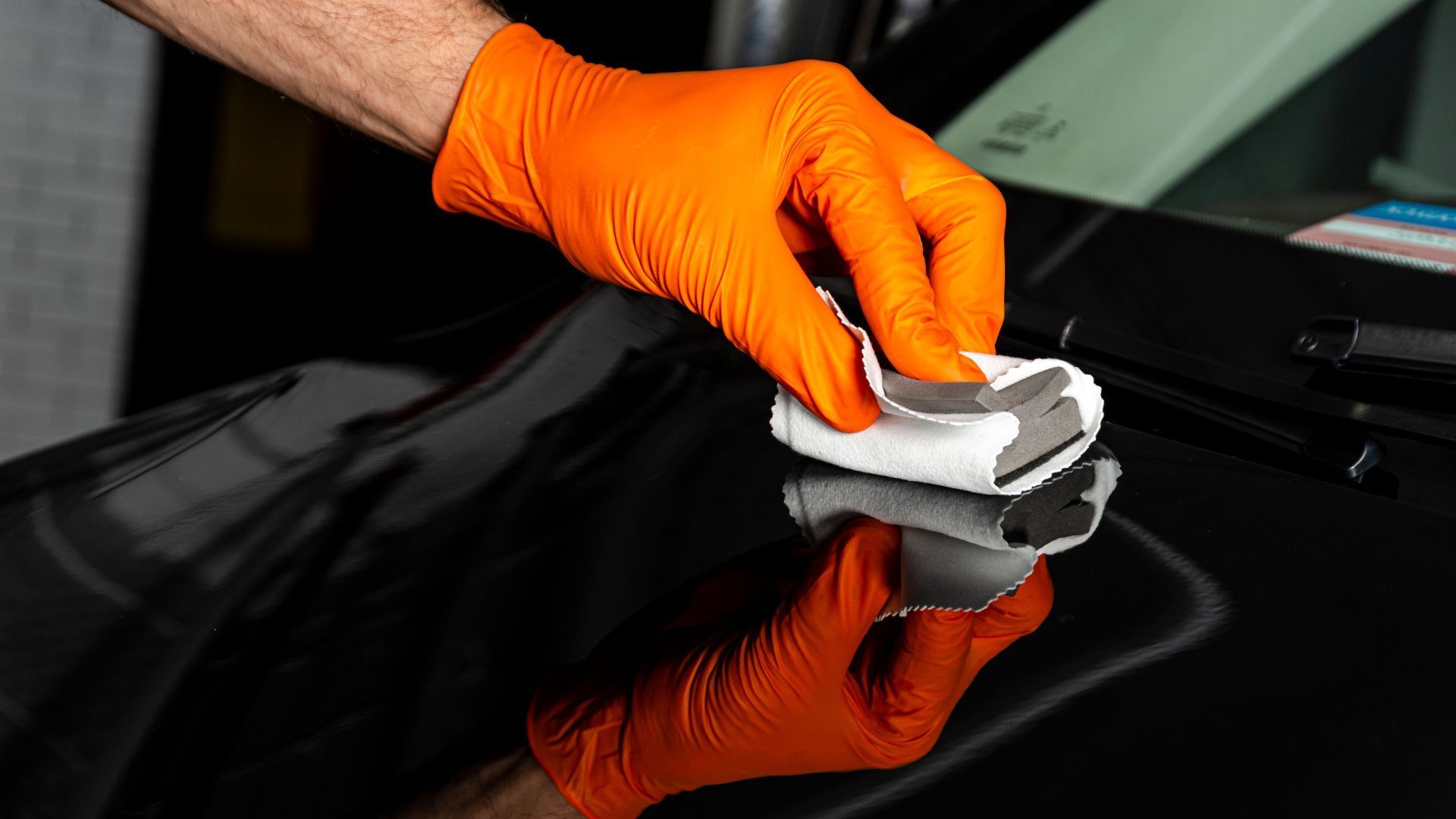
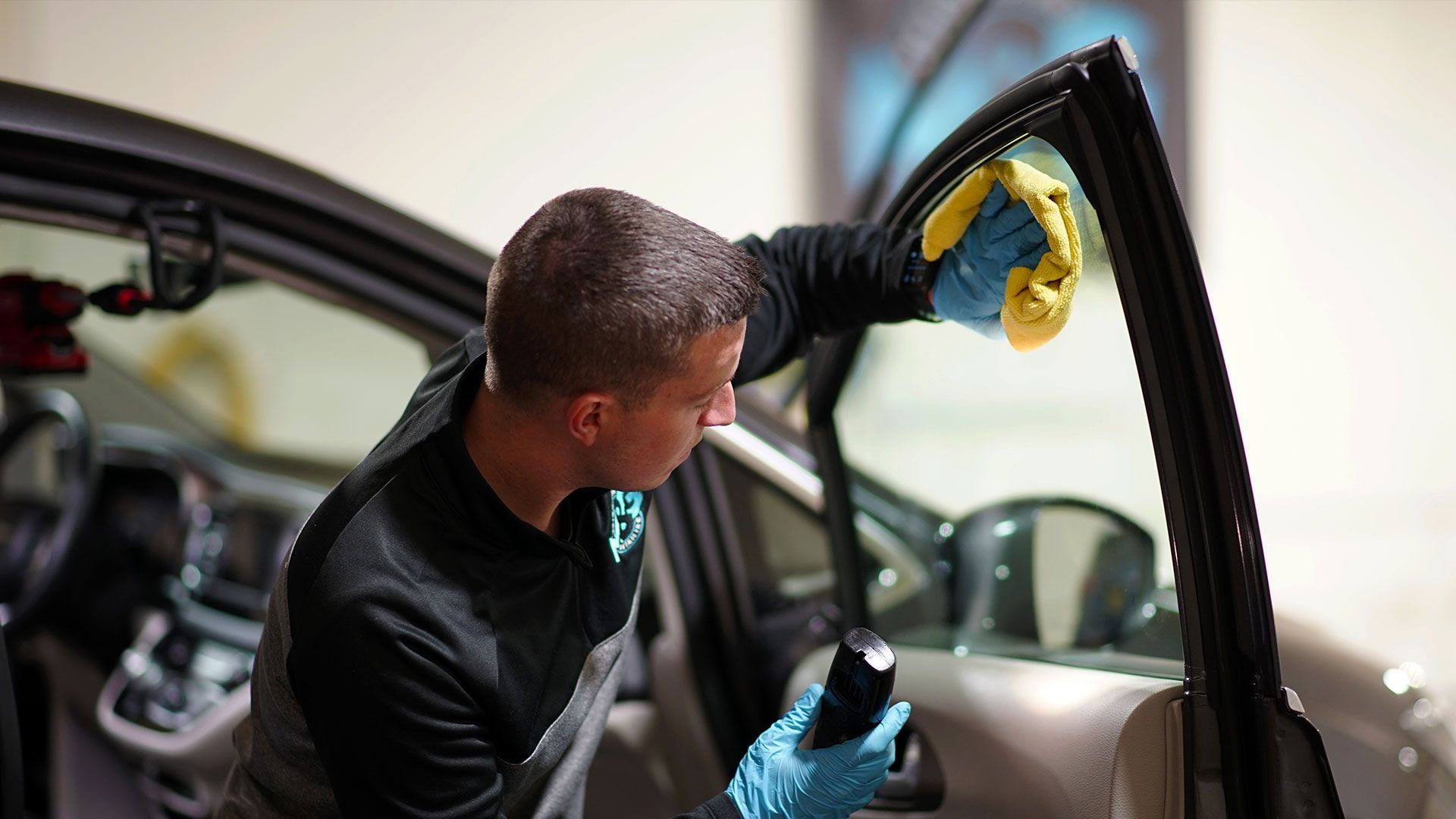
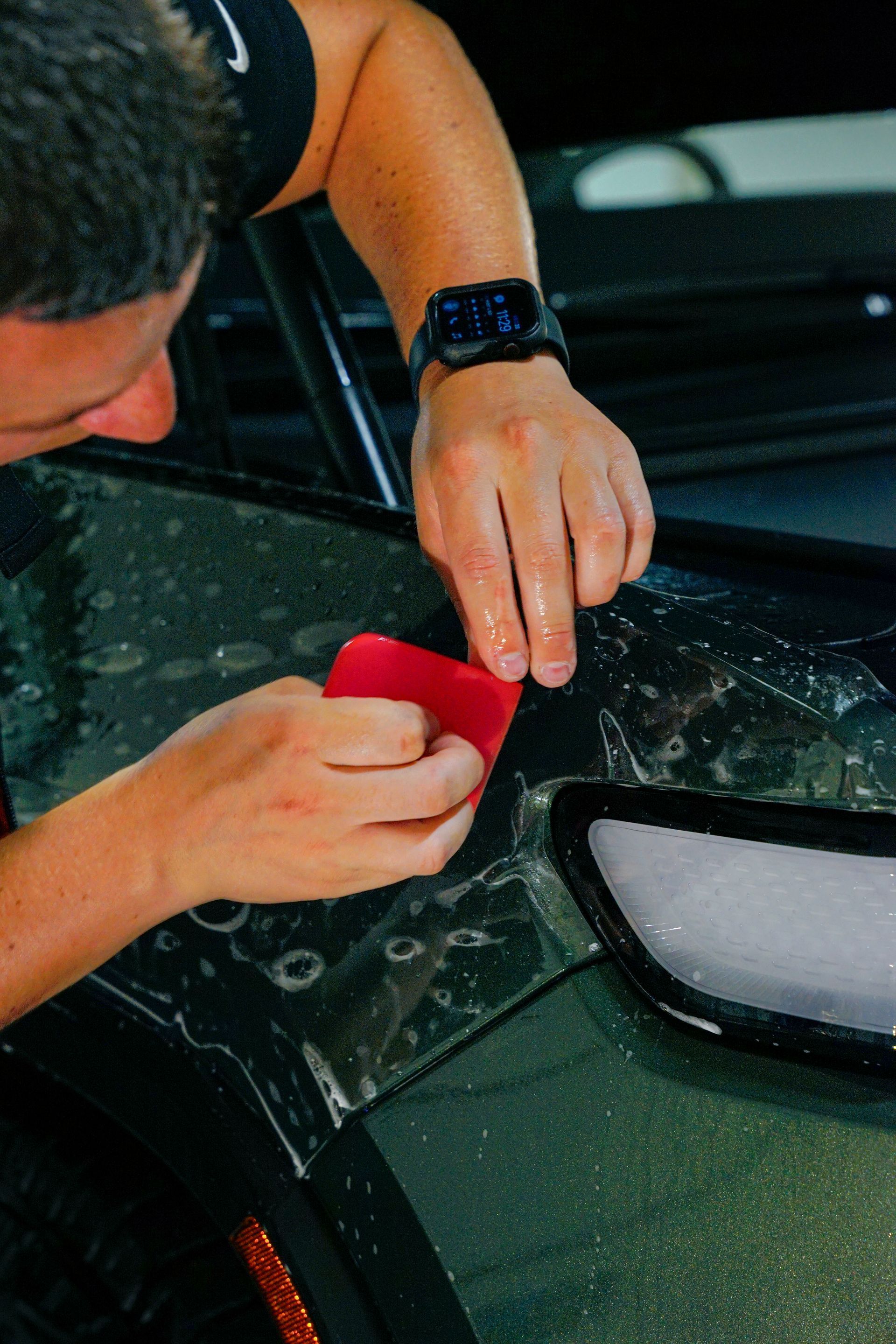
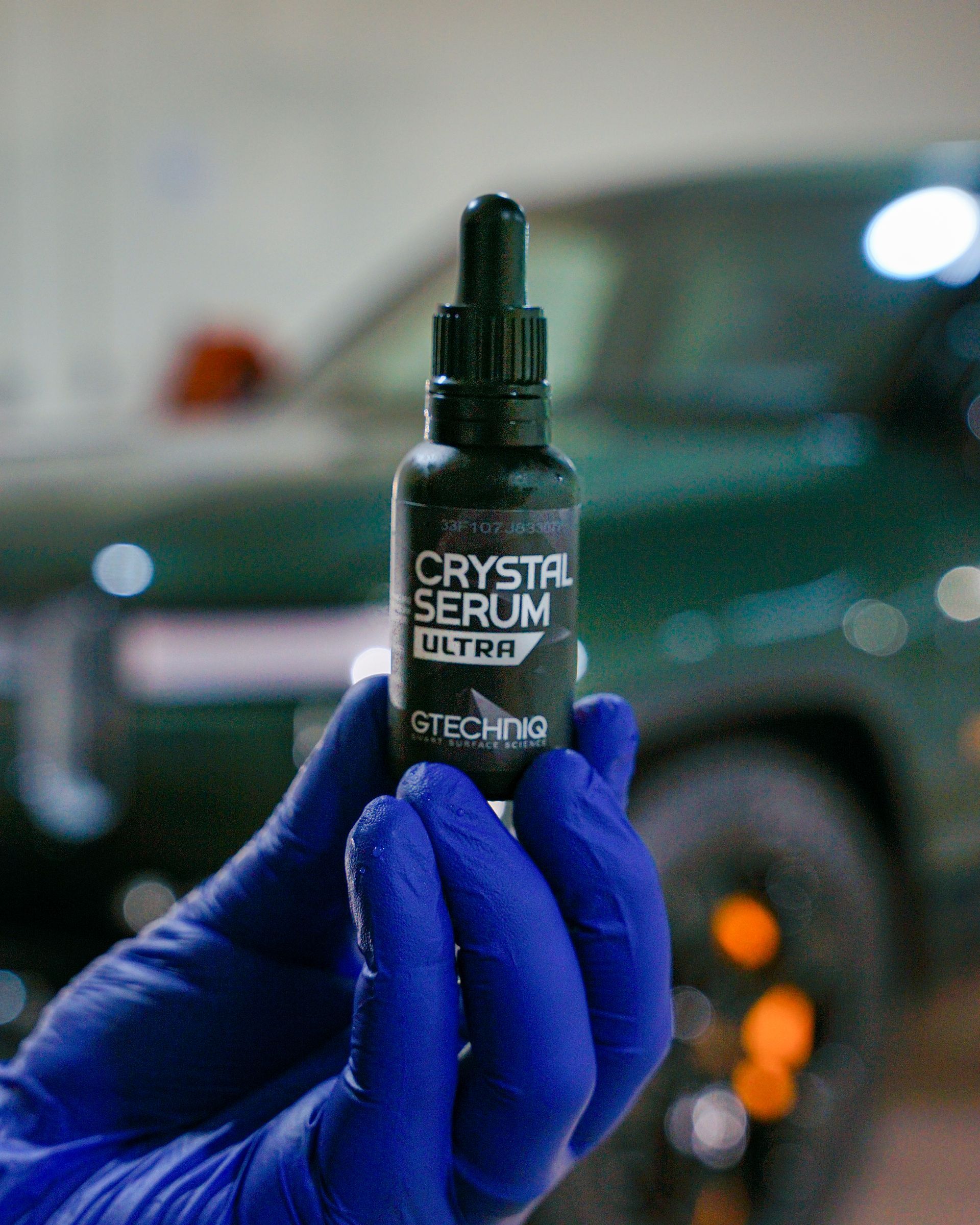
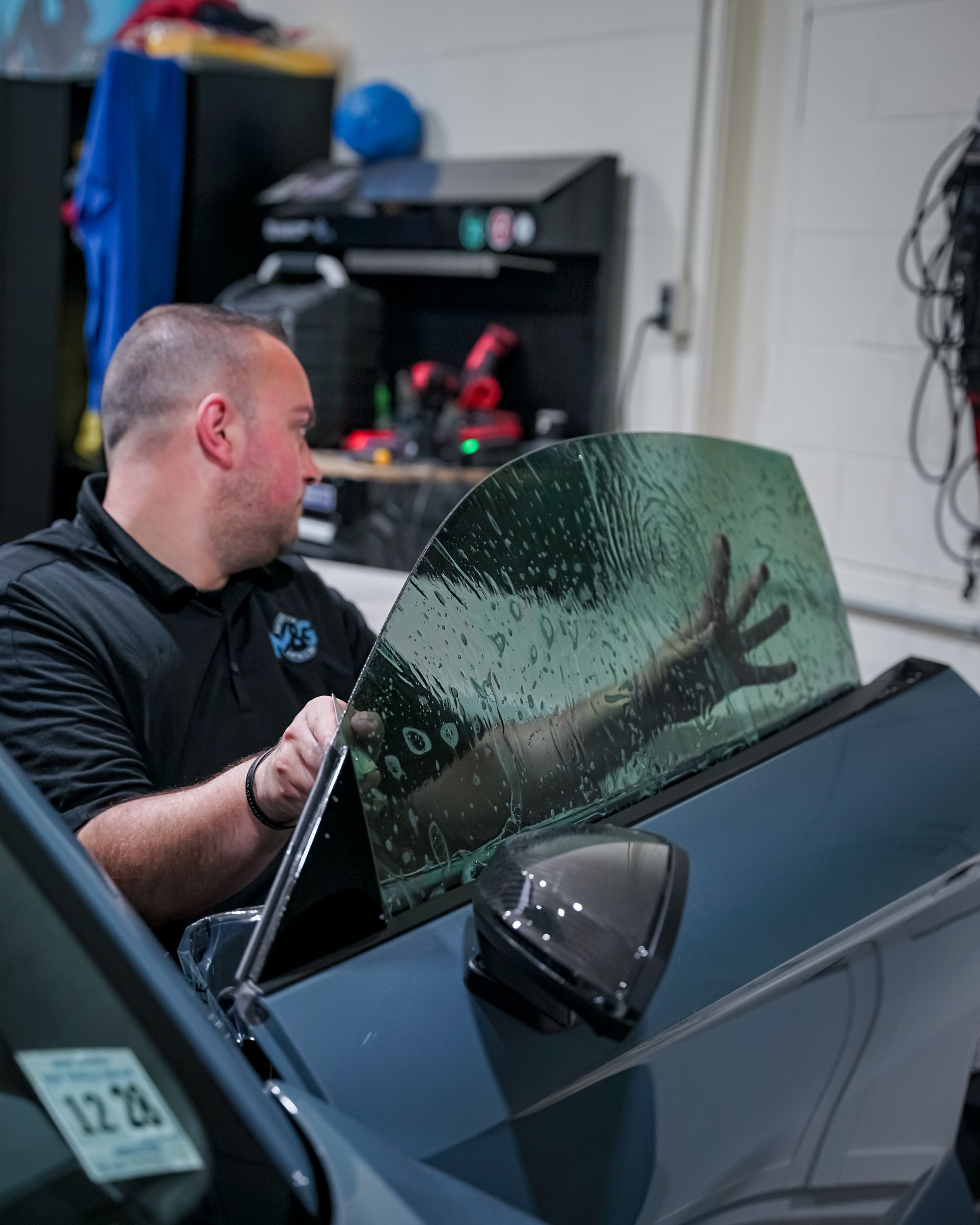
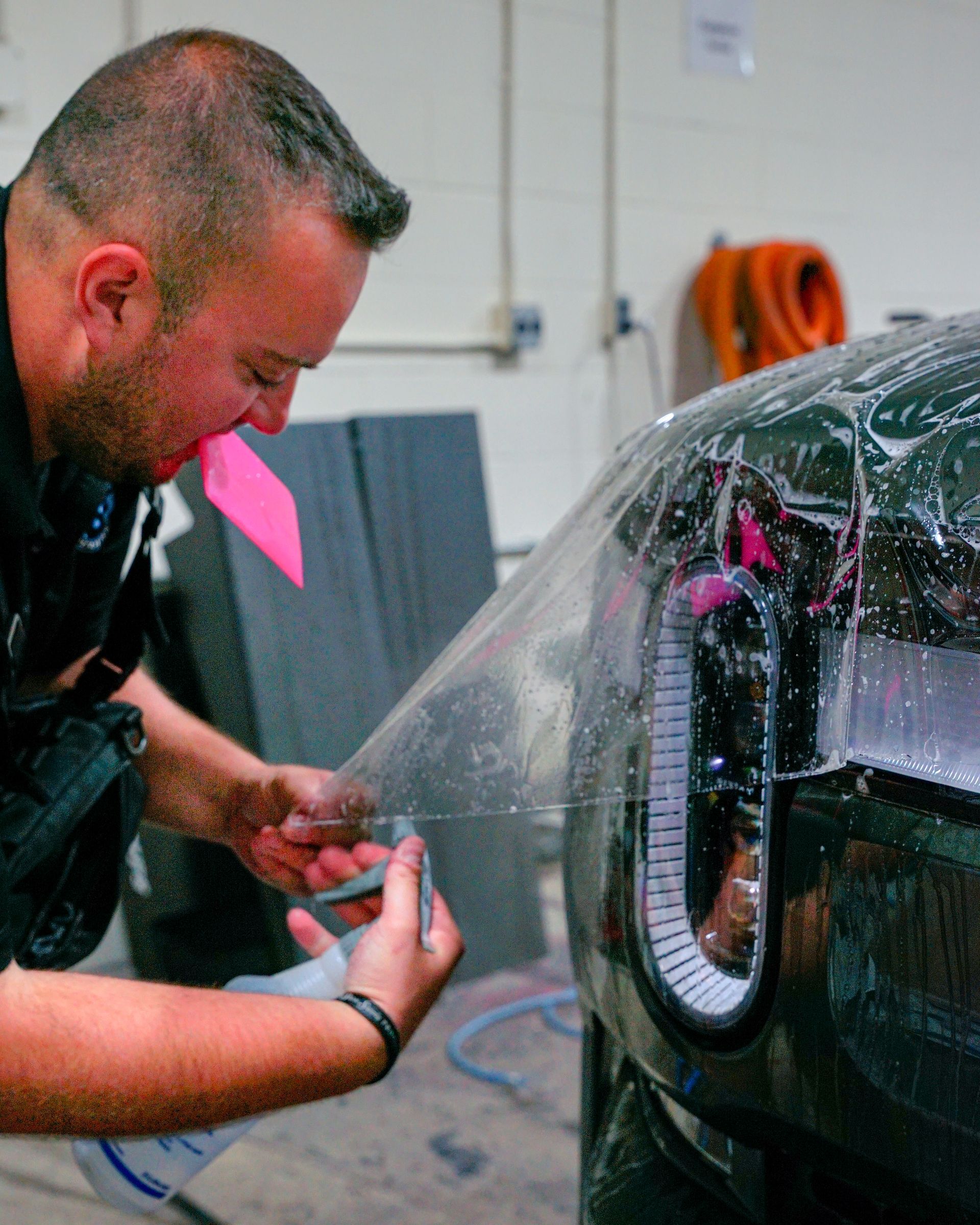
M&G Automotive Detailing of Cherry Hill, New Jersey was founded in 2018 by obsessed vehicle detailers with a desire to always up the ante on their skills in professional auto paint protection, and interior and exterior car care. Starting out with a paint correction and auto detailing certification from Shine Supply and quickly moving to additional credentials in Gtechniq Ceramic Coatings, Window Tint Films, and Paint Protection Films, we care deeply about each car, truck, or SUV that our valued customers trust us with.
Our Location
Hours of Operation
Designed by the team at Detailers Roadmap, a platform developed for detailing operators across the globe.
All Rights Reserved | 8bitcreative, LLC | M&G Automotive Detailing

